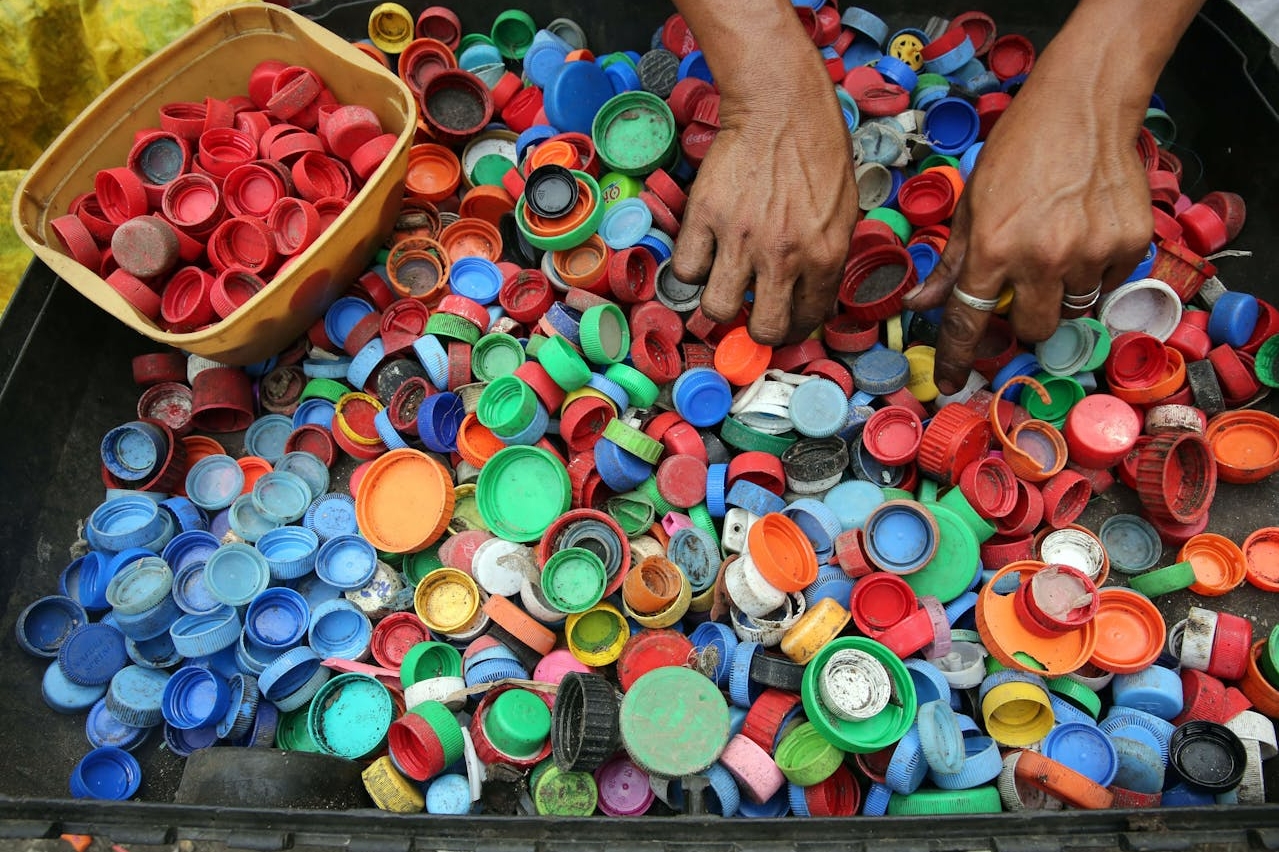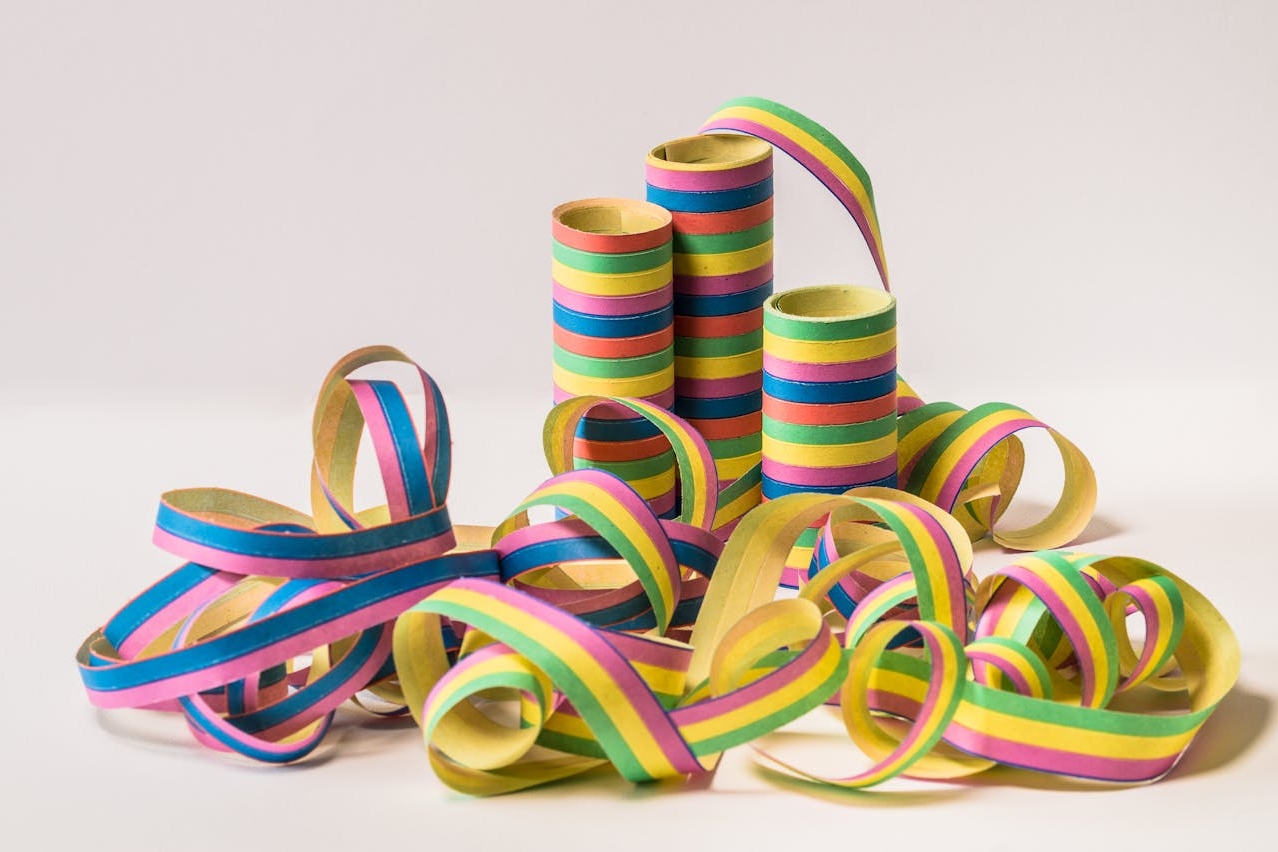In recent years, Indian fashion and jewelry have transcended cultural boundaries to become global phenomena, captivating audiences around the world with their vibrant colors, intricate designs, and rich cultural heritage. This fusion of Indian aesthetics with Western sensibilities has led to a resurgence of interest in Indian fashion and jewelry in Western markets, creating an exciting blend of tradition and modernity. In this blog post, we explore the evolving landscape of Indian fashion and jewelry in Western markets and the cultural exchange that underpins this phenomenon.
The Rise of Fusion Wear: One of the defining trends in Indian fashion’s globalization is the rise of fusion wear, which seamlessly blends traditional Indian elements with Western silhouettes and styles. Designers are reimagining classic Indian garments such as the saree, kurta, and lehenga choli in contemporary cuts and fabrics, making them more accessible and appealing to Western audiences. This fusion of East and West creates a unique aesthetic that resonates with consumers seeking cultural diversity and individuality in their wardrobe.
Crossover Collaborations: Collaborations between Indian designers and Western fashion houses have become increasingly common, leading to exciting crossover collections that marry Indian craftsmanship with Western design sensibilities. Indian designers bring their expertise in embroidery, embellishment, and textile techniques to the table, while Western designers infuse their collections with a modern, global perspective. These collaborations result in stunning pieces that blend the best of both worlds and appeal to fashion-forward consumers worldwide.
The Allure of Indian Jewelry: Indian jewelry, with its intricate designs, vibrant gemstones, and timeless elegance, has captured the imagination of Western consumers seeking statement pieces that reflect their individual style. Traditional Indian jewelry such as Kundan, Polki, and Meenakari are increasingly coveted for their craftsmanship and cultural significance. Western designers and brands are incorporating Indian motifs and techniques into their jewelry collections, creating pieces that celebrate the beauty and diversity of Indian craftsmanship.
Celebrating Cultural Diversity: The growing popularity of Indian fashion and jewelry in Western markets is a testament to the increasing appreciation for cultural diversity and global aesthetics. Western consumers are embracing Indian designs not only for their beauty but also for the stories they tell and the connections they foster across cultures. Indian fashion and jewelry serve as a bridge between East and West, fostering cultural exchange, mutual respect, and appreciation for the richness of human creativity.
Empowering Artisans and Communities: Behind every piece of Indian fashion and jewelry lies the skill and dedication of countless artisans and craftsmen, many of whom come from rural and marginalized communities. The globalization of Indian fashion and jewelry provides these artisans with access to larger markets and economic opportunities, empowering them to preserve their traditional crafts and improve their livelihoods. By supporting ethically sourced and handmade products, consumers in Western markets contribute to the preservation of India’s cultural heritage and the empowerment of its artisanal communities.
Conclusion: The fusion of Indian fashion and jewelry with Western markets represents a dynamic exchange of ideas, aesthetics, and traditions that enriches the global fashion landscape. As Indian designers and artisans continue to collaborate with their Western counterparts, the boundaries between East and West blur, giving rise to a new era of cultural creativity and expression. In this interconnected world, Indian fashion and jewelry serve as ambassadors of cultural diversity, celebrating the beauty of tradition and the spirit of innovation.




